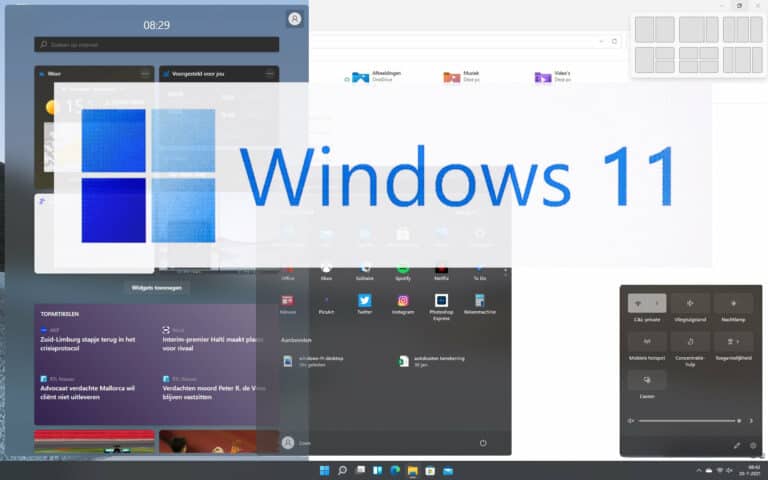It was obvious that Windows 11 would have a significant impact on enterprise hardware. However, thanks to networking solutions business Riverbed, we now have a clearer sense of the tangible consequences of Microsoft’s newest operating system.
According to Riverbed’s analysis (via ZDNet), nearly a third of enterprise devices are mostly not ready for Windows 11. It states that 23% can be modified to match operating system standards, but that the remaining 12% are antiquated and unredeemable. Earlier this month, we reported that about 20 percent of Windows PCs runs Windows 11.
If you’ve been monitoring the developments concerning Windows 11’s system requirements, you won’t be surprised by the following: The TPM 2.0 cutoff in the operating system is the primary cause of these results.
More needs to be done
That’s not all, though. Riverbed also discovered that nearly one out of every five PCs will require a storage upgrade to meet the 64GB of free space required by Windows 11 migrations.
Aside from businesses, many normal users have expressed dissatisfaction with Windows 11’s requirements. For an outspoken segment of the Windows community, these limits, as well as the operating system’s essential structure, have proven contentious.
Things will pick up
In the enterprise sector, Windows 11 is rarely used. Between June 2021 and January 2022, a graph comparing Windows 10 with Windows 11 by “hours of usage” shows Windows 10 hovering around 200 million hours, while Windows 11 has yet to leave the X-axis. Despite this, its hours of use have increased from zero in June to almost 60,000 in January.
